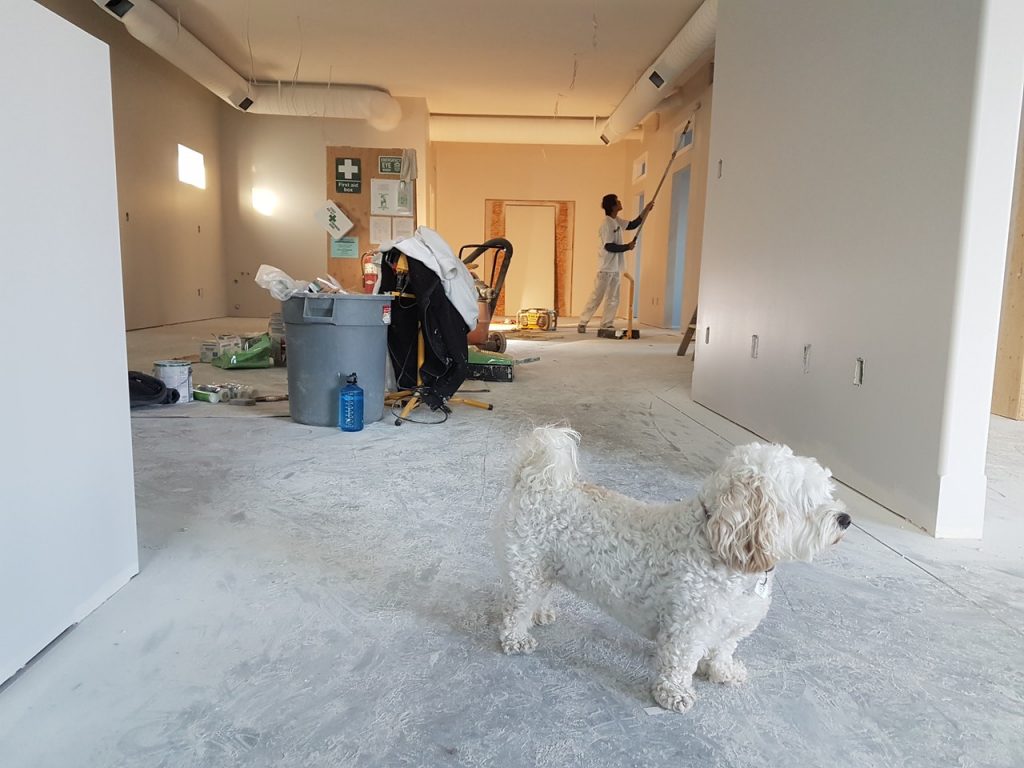Australian’s enjoy a little house renovation DIY. With aircraft-hangar sized hardware shops on each corner and The Block on TV, there is no lack of inspiration.
But if it is a coating of paint or even building a deck, renovating your house carrying the home improvement (DIY) strategy should know about the hidden dangers and risks involved with home improvement jobs. Injuries can be caused due to ignorance or inexperience. If you are inexperienced in this area, it could perhaps help to hire a construction company or business man to assist.
Before getting started, it is vital to assess whether there’ll be exposure to dangerous materials like asbestos and lead and if present gas fittings and electric wiring require updating. And expert work, like domestic plumbing services, gas fitting services, or electrical has to be constructed by an experienced commercial professional.
Asbestos
Australian houses built prior to the 1990s can include asbestos material. Asbestos is a fibrous substance that happens from the environment, but had been utilized because it has several properties needed in a construction material. It’s resistant to fire, is powerful, and has reduced electrical conductivity. It was also inexpensive.
However, asbestos is also a very harmful substance composed of microscopic fibres which could lead to lung cancer, asbestosis, and mesothelioma when inhaled. What is worrying is that because symptoms of those diseases do not generally surface till 20-30 years following first exposure, families may continue to become exposed to the impacts of the substance before understanding it.
Asbestos is found in several distinct forms of houses. Many will be conscious of asbestos used in fiber cement sheeting or ‘fibro’. But asbestos has been also utilized in several other home construction products such as corrugated asbestos cement sheets used for roofing and rugs, ‘fibro’ weatherboards, insulation for example lagging on pipework and as a backing on vinyl floors. And when an asbestos-based substance was utilized in the building of a house, discarded off waste and cuts substance might also be present under housesit.
To avert these risks, renovators must have their home inspected for asbestos prior to beginning excavation services to it. Normally, home renovations necessitating Development Program (DA) acceptance will be researched for poisonous materials. Removal of asbestos should be performed by trained and licensed professionals. Local regulations should be stuck with for disposal and removal.

Lead
Lead poisoning may cause long-term and short health issues, like hearing impairment, kidney impairment, cerebral palsy, and osteoporosis in later years. Children are especially vulnerable to lead poisoning as it interferes with the creation of blood cells along with the absorption of calcium, which stunts their physical development as well as mental developments. Intense exposure to lead can cause nausea, trigger headaches and seizures.
Before 1965 national paint contained considerable amounts of lead around 50%. This was decreased to 1 percent in 1965, 0.25 percent in 1992 and 0.1 percent in 1997. Carrying out renovation or paint removal utilizing techniques like hammering, burning, dry itching, or abrasive sanding may expose the lead from the paint. Throughout the job lead dust is going to be in the atmosphere along with the dust and paint chips may stay in the house, and can be tricky to totally remove once dispersed.
To assist renovators prevent lead exposure, the Australian government’s Department of Sustainability, Environment, Water, Population and Communities has released the Lead Alert – Six Step Guide to Painting Your House. Guidelines in the booklet contain suggestions about the best way to test for and eliminate lead-based paint, and also the best way to contain and eliminate waste. It is suggested that big or more complex tasks should be dealt with by a professional tradesmen.
During a renovation job, lead might also be found in flashing, pipe joints and dust gathered over time in walls and ceilings cavities.
Electrical dangers
Indoors or out of the house, electrical function should be performed by a professional electrician. Including moving or installing lights, switches or power things, rearranging electrical cables, or replacing frayed wires on appliances. Before renovation starts, be certain you have an expert to perform an electrical safety check of your home. When work has started, make certain you check security switches regularly.
Risks that may cause falls and trips
During a renovation project, always be certain that you don’t abandon work gear lying around to avoid tripping over cords, leads, or wires. If necessary, be certain you’re wearing protective clothing and proper safety gear, such as enclosed masks, shoes, gloves, overalls, and also a respirator. If you have tradies for example, a professional plumbing company on your site, making sure hazards are decreased will ensure a safer work site. Set the stage for your renovation to be safe and risk-free from the start, rather then encountering a costly accident or causing damage to your property.
Taking good care of insurance
Before beginning a house renovation, you need to get in touch with your house insurer to notify of their job and to check your house and contents insurance policy will cover theft or damage to your residence during the span of construction. And when your renovation is completed the worth of your house might have improved and you need to think about adjusting your house insurance coverage. Services such as septic tank cleaning need to be accounted for in your overall costs associated with renovating and insuring your home.
